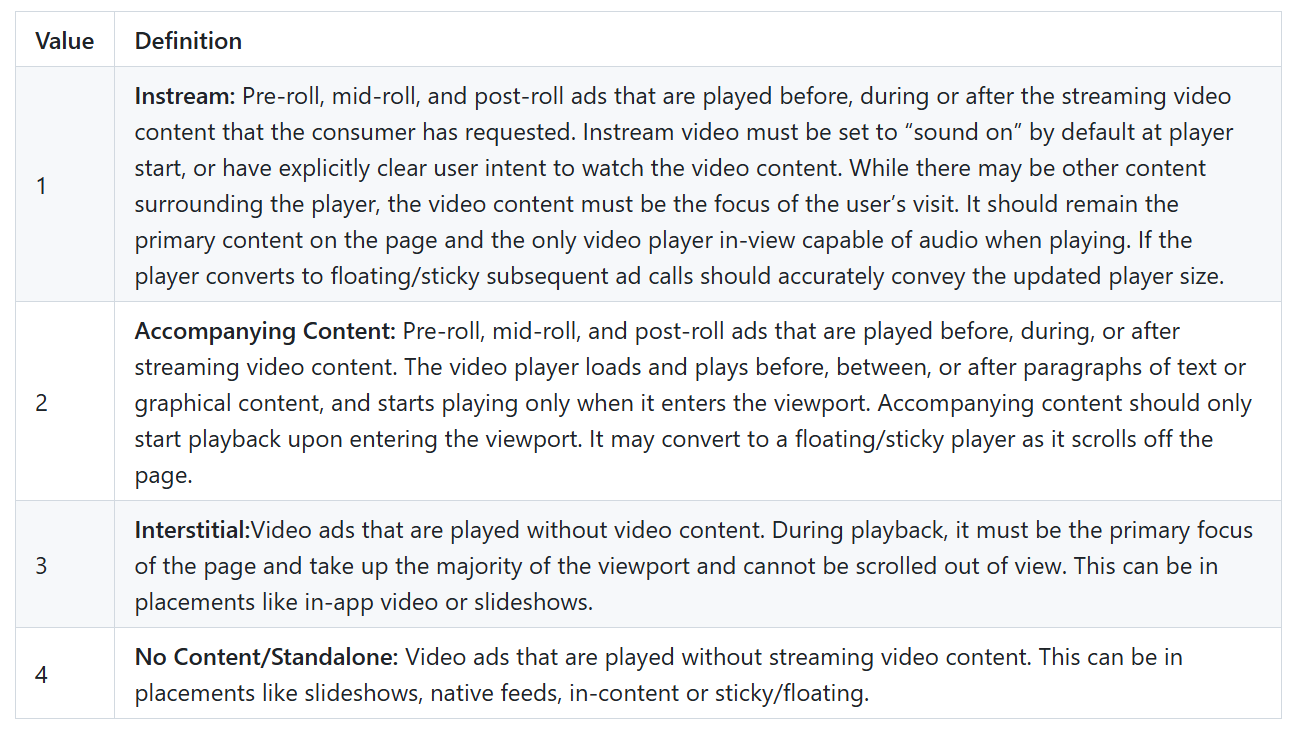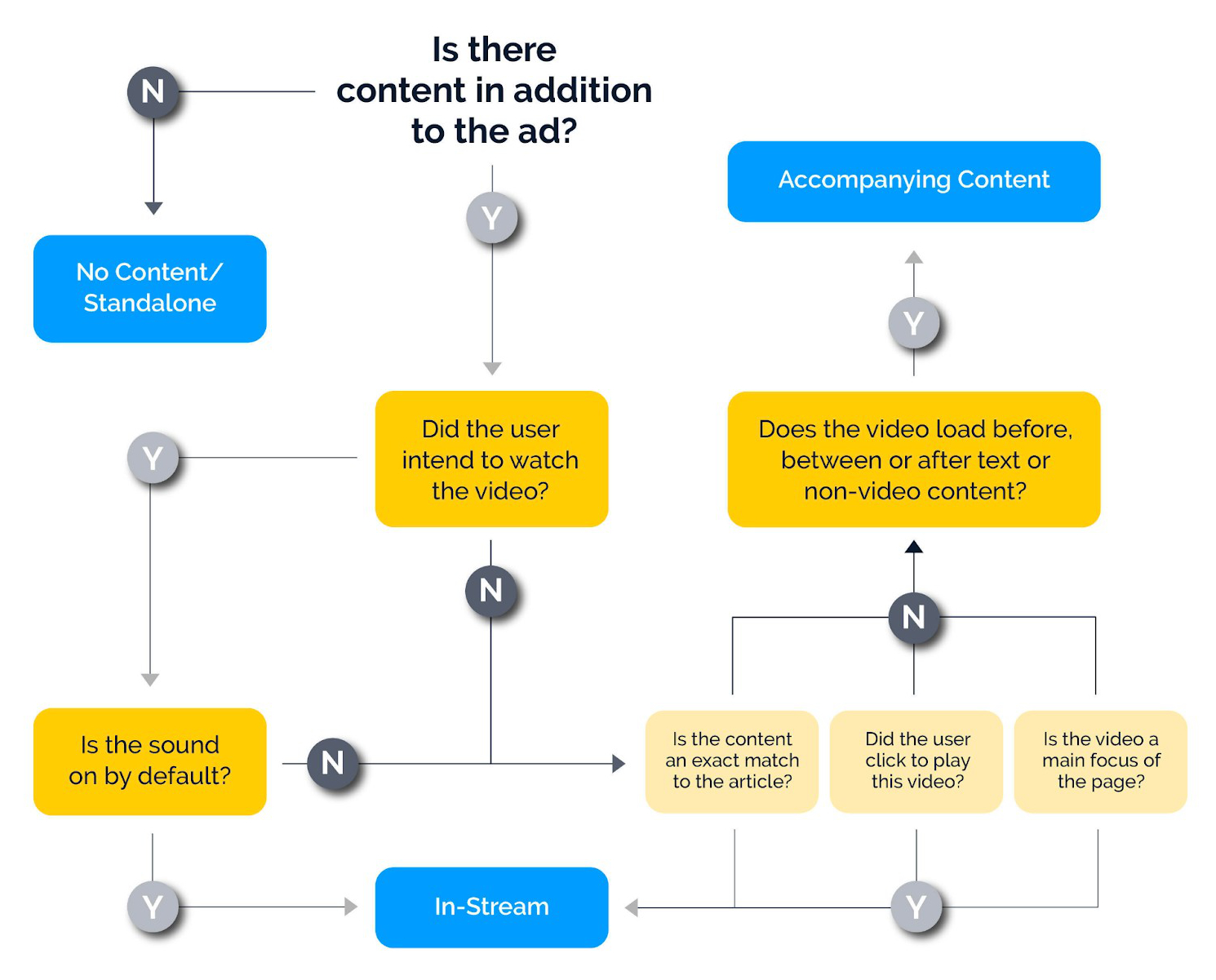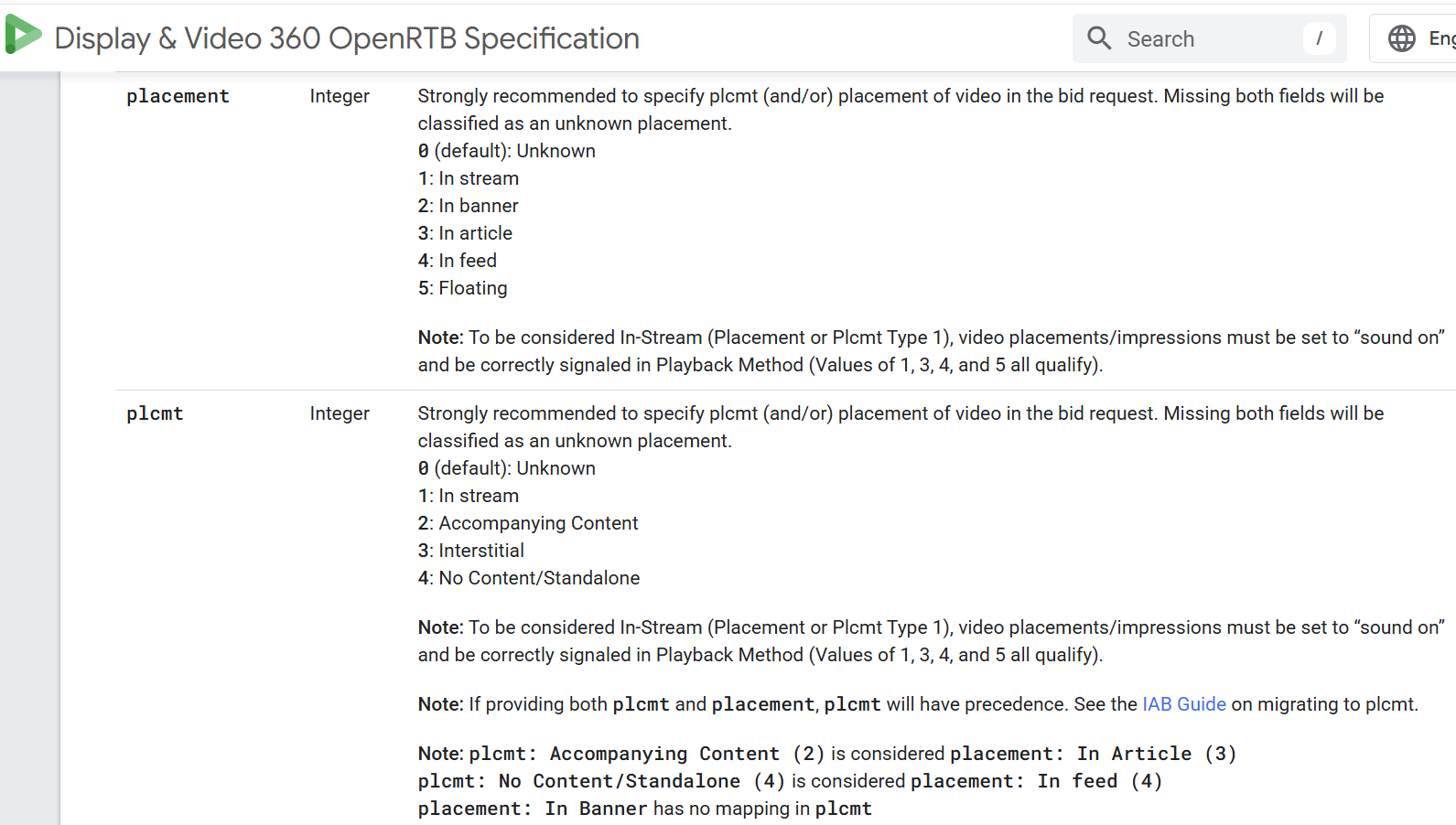Back in April 2022 IAB Tech Lab initially updated its video guidelines to be more transparent about the difference between instream and outstream video ad formats. These draft guidelines were peer-reviewed and then updated with the final version published in August 2022. These changes, along with the accompanying handling of these new definitions in OpenRTB, are gradually filtering through the industry.
Here in Australia, we did highlight these changes (amongst a few others) in an update back in 2023, but we’ve noticed since that different industry participants are adapting to these changes at different speeds – so felt compelled to provide a brief refresher on the changes that we hope you find useful.
As a reminder, IAB Tech Lab develops, oversees and updates critical global technical standards and solutions – designed to enable and support a healthy and sustainable digital media and advertising industry. Its core areas of focus are transparency, fraud, identity, data, consumer privacy, ad experiences & measurement, and programmatic effectiveness. To find out more, simply click here
What has Changed in Terms of Video Ad Definitions?
There is no longer simply Instream & Outstream in terms of video ad formats. Instream has been clearly defined as an ad experience where users are visiting a page fully expecting to watch a video and the sound is turned on by default. Outstream effectively no longer exists and any non-instream placements have been separated into three distinct types – Accompanying Content, Interstitial or Standalone.
 image source: IAB Tech Lab
image source: IAB Tech Lab
The work done to redefine these video placement categories was designed to reflect the current state of the video marketplace, and provide better clarity for both sellers and the buyers as to where instream video ad opportunities exist within a video player that has sound on by default and there is explicit consumer intent to watch video content.
The other 3 non-instream ad opportunities cover a range of ad experiences from pre-roll or mid-roll in an autoplay video that has the sound off by default, or floating autoplay videos that appear alongside non-video content. Under these new guidelines, publishers can no longer label this type of video as instream within bid requests. The most common of the 3 non-instream types will likely be Accompanying Content, and we found the workflow diagram below is quite helpful:

image source: Connatix
To review these definitions in more details, along with accompanying visual examples of each, please just CLICK HERE to access the dedicated GitHub repository.
How are These Updates Being Handled For Programmatic Buying?
IAB Tech Lab supported the migration of these video ad definitions for programmatic, by setting a deadline of March 2024 (in OpenRTB 2.6) to drive the alignment with, and adoption of, the updated guidelines.
This was managed via a new field called ‘plcmt‘ which contains the new values and existed in tandem with the legacy ‘placement‘ field during the migration period, which has since passed.

image source: Google
As per the DV360 provided table above, Publishers can now identify video ad opportunities for buyers using 1-4 in the PLCMT field as one of the four new placement types. SSPs will pass these declarations onto DSPs for buyers to access. So, just as a reminder:
- Instream – when a consumer wants to watch a specific video, such as sports highlights. The video content is the main attraction on the page. Even though the sound might not always play automatically due to browser settings (e.g. in Google Chrome) the key distinction is that the viewer chose to watch this video content.
- Accompanying Content – when a video appears with other content on a webpage, but it’s not the main focus. For example, you might see a video while reading a recipe or a news article. The video is related to what you’re reading but isn’t the primary reason you’re on the page. By default, these videos play without sound.
- Interstitial – when flipping through a slideshow or using an app, a full-screen video ad pops up that you must watch before continuing. These ads are common within apps or when moving between pages. They ensure viewers see and pay attention to the ad since there’s nothing else to look at.
- Standalone / No Content – video ad is delivered on its own, without any surrounding articles or content. It could be delivered in various ways, such as a video player that floats on the page, a slideshow, or something that blends into the website design. Here, the focus is purely on the ad, tailored to enhance the user experience on the site.
SSPs have been working with their clients for some time now to adopt these new values and most DSPs are supporting buyers through this transition. We have provided some links below to continue to support industry through these changes and if you have any feedback or extra links/info for us to share, please just get in touch.